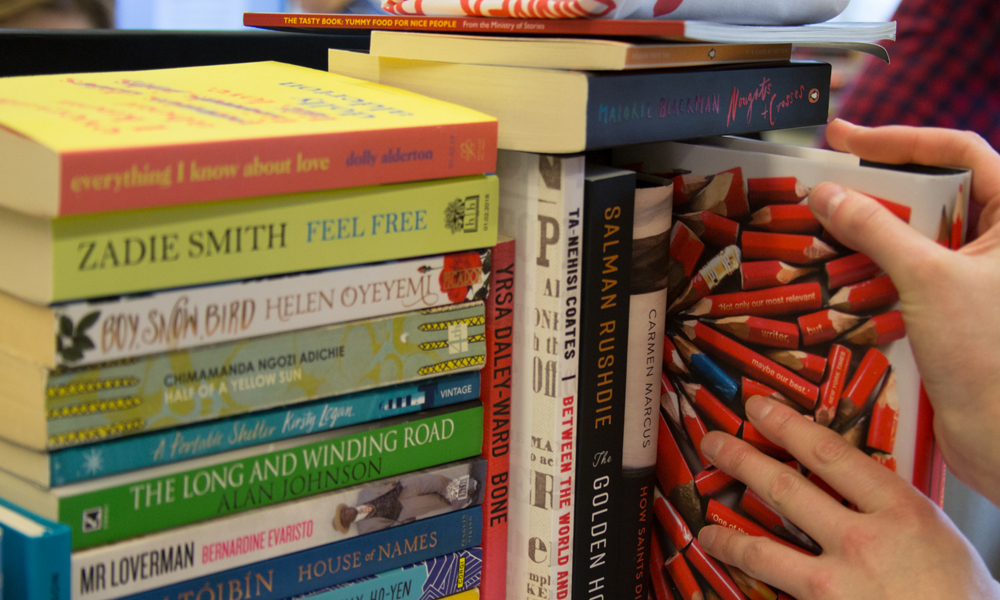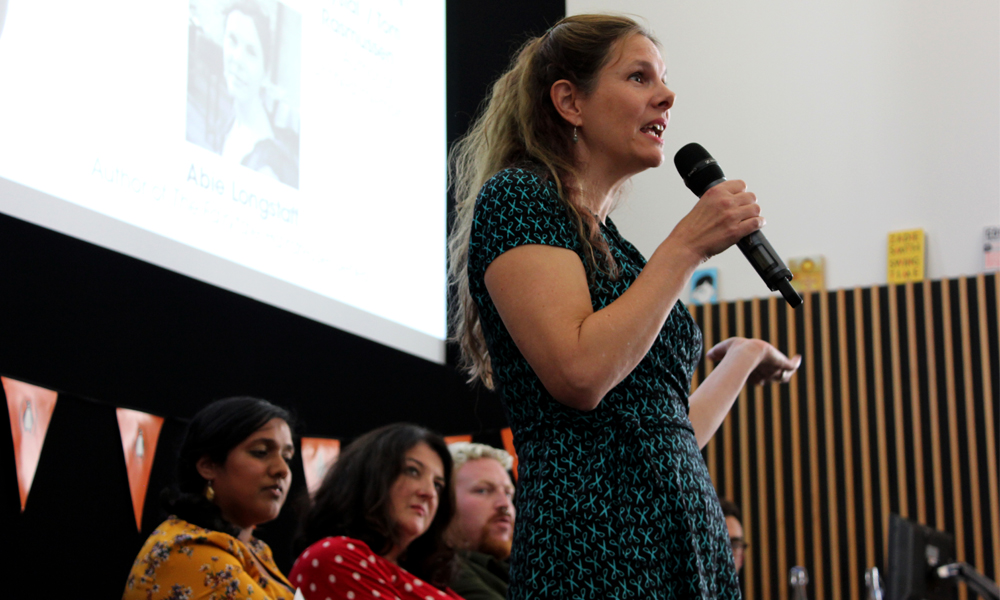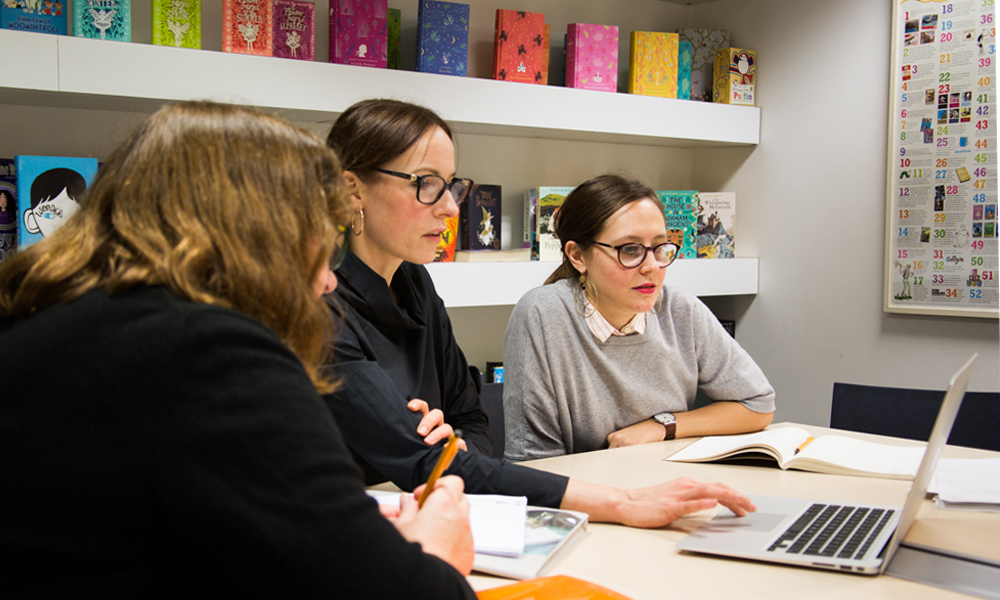- Home |
- Search Results |
- NaNoWriMo: How do I start writing my novel?

The beginning of November brings National Novel Writing Month. Known affectionately as NaNoWriMo, the programme has been running since 1999 when it started with a group of just 21 in San Fransisco. From 1 November, participants begin working towards writing a 50,000 word novel by midnight on November 30. This year over 3000 people worldwide are signed up to take part. The challenge isn’t about creating a polished finished book, it’s about starting your novel.
So where to start? We put our top tips together from writers, editors and agents to help you on your way.
Pay attention to the structure of your novel
Self-edit and become aware of where your story has peaks and troughs. Children's author Abie Longstaff had some great advice on mapping out your story at WriteNow 2018:
“I get a huge piece of paper and draw between 0-100%. Then I mark out the time line of the book – when characters are introduced, where the peaks are in the storyline, what happens when. When you look at it all mapped out, it gives you great perspective for where the book slows down. Often the original draft sags in the middle - you don’t want everything to be happening right at the end.”
This can be a useful exercise throughout the entirety of writing your novel. Why not start this month by mapping out your initial idea to see what the pace of the story is like? You’ll quickly be able to see if you can move events around in the structure and it’ll give you easier milestones to work towards.

Draw inspiration for your characters from real life
Dialogue can be particularly tricky to write in a way which sounds natural. To develop your dialogue, try listening to how people talk in real life - notice the rhythm and how people ask questions. Why not sit in a coffee shop and create characters from conversations you’ve overheard? Think about the tone of their voice, the way they might walk and their mannerisms. What are their relationships like, or their hobbies? Even if they don’t make it into your novel, it’s great practice on how to create believable characters.
Be careful not to overuse dialogue. Overly long passages of conversation can be difficult to follow, particularly for young readers if you’re writing a young adult novel, and they don’t always further the plot or show character development.
Show, don’t tell
Aim to create an immersive reading experience, which feels natural, draws the reader in and leaves them wanting more. Build a world around your story and focus first and foremost on creating an atmosphere and characters. Try not to get too tied down in how you convey the plot or story line - the best plots don’t need to be over-explained but can be referred to more subtly, which creates more pace and intrigue for the reader.

Sometimes simplicity is best
Discussing some of the best entries for WriteNow, Penguin Random House editors agreed it’s sometimes down to simplicity.
“Some of the best writers kept it simple. They weren’t overly descriptive with language and didn’t use too many adjectives or adverbs. This made the story feel more natural.
The best writing had something fresh and new about it – maybe an unusual setting, or a different way of telling a familiar story. The best stories didn’t overdo this, and weren’t too complex. Often the simplest stories with fundamentally human themes are the most engaging.”
Remember, you’re not writing your novel simply to impress people, it’s because you’re a great storyteller. Stick to your strengths and think about what you love in your favourite novels. Is it the setting, dialogue, over-arching themes or character?
Be yourself
Editor Katy Loftus says that having a distinctive voice is very important:
“We often talk about ‘voice’ in publishing, and by that we mean the way in which an author’s own style of writing evokes a particular character or feeling. This is at the heart of the personality of the book, and it’s what takes it from being a load of words strung together to something that's enjoyable to read. For some of the best writers, it’s the reason people read them time and time again, and it’s not something that can be learnt, though it can be honed.”
Don’t worry about creating perfection
Even if you’re using NaNoWriMo to finesse your novel, if you’re intending to publish it, it will go through both an agent and an editor during the publishing process too. Publishing a book is about collaboration with a whole team, so what you’ll send to an agent won’t necessarily be the finished product.
If you don’t have a title, or if it’s a work in progress, that’s fine. A great title can immediately capture the attention, but equally if the story and writing is amazing, the title doesn’t matter at this stage. The only thing you should have nailed is what the book is about.

And above all, have faith in your writing
This is an immense challenge, you can do it!
“Know your voice is valid. When I started to believe that, my voice got so much louder and my writing got so much stronger. Believe in your voice.”
- Tom Rasmussen